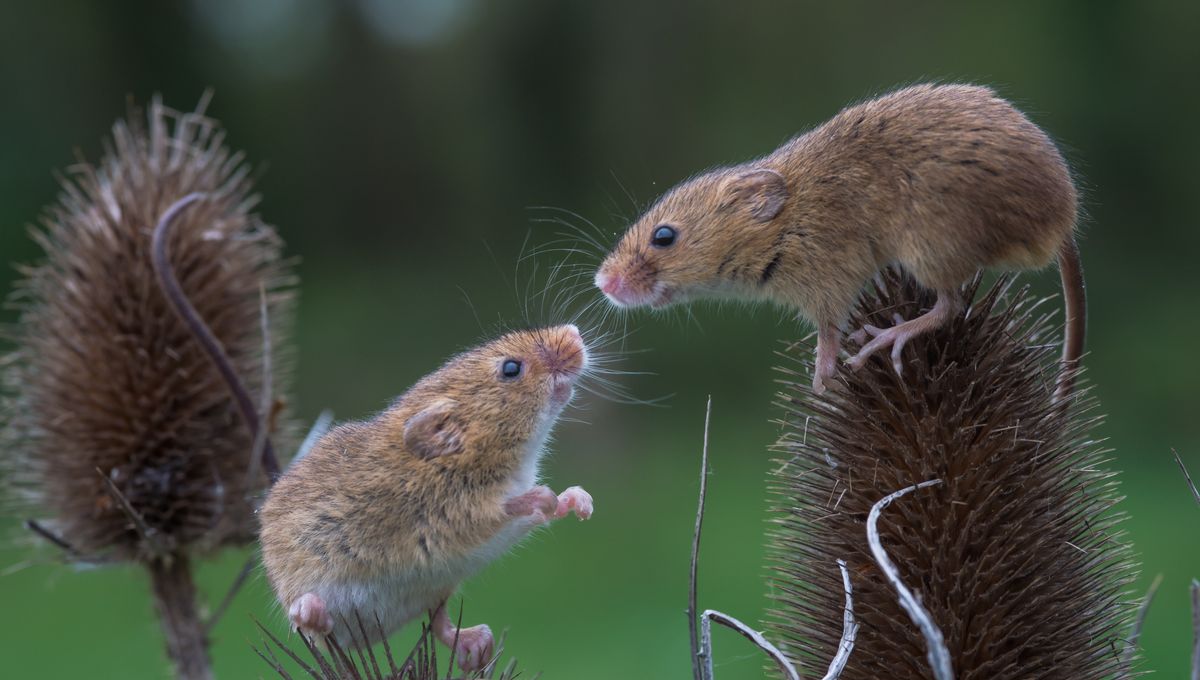
The quest to locate the brain centers responsible for sex drive in males could be one step closer to its goal, as a new study has mapped a dedicated brain circuit that gets all fired up when a male mouse is in the presence of a potential lady friend.
“We’ve singled out a circuit in male mammals’ brains that controls sexual recognition, libido, and mating behavior and pleasure,” senior author Dr Nirao Shah, a professor at Stanford University, said in a statement. All it takes is for the male to detect the scent of a nearby female – this activates a brain center that sets off a chain reaction of downstream events, allowing the male to perform sexual and mating behaviors – and crucially, making him want to do so again and again.
The study used adult male mice that had never seen a female since being weaned at 3-4 weeks of age. This eliminated any social influences the mice could have been exposed to, allowing the scientists to zero in on the innate forces that drive mating behavior in these animals.
Previously, Shah and colleagues had shown that a region of the amygdala, called the bed nucleus of the stria terminalis (BNST), was responsible for passing a signal to another structure, called the preoptic hypothalamus, which allows male mice to recognize unfamiliar females.
Delving deeper into this circuitry, the new study focused on a small subset of the neurons in the BNST that secrete an appropriately mysterious-sounding protein fragment called Substance P. The team discovered a set of matching neurons in the preoptic hypothalamus with receptors for Substance P.
By stimulating the connection between these two sets of neurons, they found that male mating behaviors were triggered in the mice. Injecting more Substance P into the mix made the male mice exceptionally keen to have a go on a passing female. Direct stimulation of the neurons in the preoptic hypothalamus, using a technique called optogenetics, got them so worked up that they attempted to mate with inanimate objects.
However, the researchers did not see an increase in aggressive behavior, something that is often tied up with mating in males.
As at least 50 percent of readers will be very aware, most male mammals need to have a rest period after ejaculation before full sexual function and sex drive is restored. In these mice, this period is usually five days – but activating the Substance P neurons in the preoptic hypothalamus cut this down by an astounding amount.
“It took one second or less for them to resume sexual activity,” said Shah. “That’s a more than 400,000-fold reduction in the refractory period.”
Silencing the newly characterized libido circuitry also had the predictable effect of stopping the males from trying to mate, but didn’t seem to cause any other ill effects.
The mechanisms that underpin sex drive in mammals, and how these might differ between males and females, is a topic that scientists are still working to understand. Although this new study is only in mice so far, there’s a chance it could lead to treatments for low libido in humans too.
“If these centers exist in humans – and now we know where to look – it should be possible to design small molecules that can be used to regulate these circuits,” said Shah.
This would be a different approach to the drugs we currently have to treat erectile dysfunction. As Shah explained, “Instead of generally enhancing blood flow in small vasculature throughout the body, they would directly amplify or tamp down a specific brain area that controls male sexual desire.”
The next step for Shah’s group is to see whether there’s a similar circuit in the female mouse brain. Libido and sexual behavior in humans is a much trickier concept to unravel, but with research like this, it may not be too long before we have some answers.
The study is published in Cell.
Source Link: Brain Circuit For Male Libido Identified In Mice, And Humans Might Have One Too